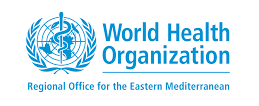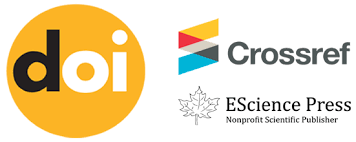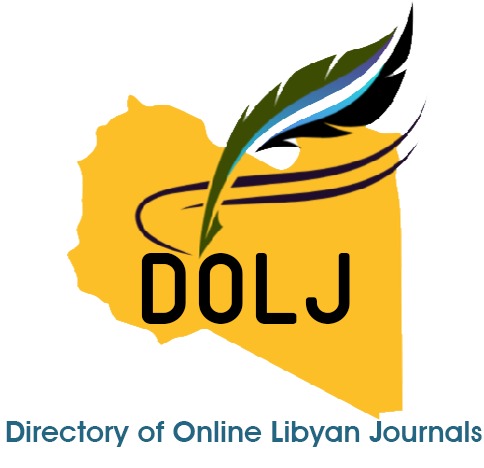Diagnostic Significance of Tumor Markers CA 15-3, CA 125, TBARS, fasting blood sugar (RBS), and hemoglobin A1C (HbA1c) in Women with a Family History of Breast Cancer in Eastern Libya
DOI:
https://doi.org/10.69667/amj.25316Keywords:
Breast cancer, Family history, CA15-3, CA125, TBARSAbstract
Breast cancer remains one of the most prevalent malignancies among women worldwide, with family history being a major non-modifiable risk factor. Tumor markers such as cancer antigen 15-3 (CA15-3) and cancer antigen 125 (CA125), alongside oxidative stress indicators like thiobarbituric acid reactive substances (TBARS), can provide insights into subclinical molecular changes in at-risk populations. While CA15-3 is more closely associated with breast cancer progression, CA125 is primarily linked to gynecologic malignancies but may have secondary implications in breast pathology. Evaluating these biomarkers in women with a family history of breast cancer could reveal early molecular alterations preceding overt disease. This study was conducted to compare tumor marker levels (CA15-3, CA125), oxidative stress markers (TBARS), and glycemic indicators (fasting blood sugar [RBS] and hemoglobin A1C [HbA1c]) between women with and without a family history of breast cancer, and to assess correlations between these parameters from a molecular oncology perspective. This comparative cross-sectional study included two groups: women with a family history of breast cancer and matched controls without such a history. Serum levels of CA15-3 and CA125 were measured using immunoassay techniques, while TBARS concentrations were determined as a proxy for lipid peroxidation. RBS and HbA1c were quantified using enzymatic and chromatographic methods, respectively. Pearson’s correlation coefficients were calculated to examine relationships between tumor markers, glycemic status, and oxidative stress in both groups. CA15-3 levels were marginally higher in the family history group (15.07 ± 8.77 U/mL) compared to controls (12.81 ± 6.12 U/mL), suggesting subtle subclinical variations in mucin-1 antigen expression that may indicate early tumorigenic processes in genetically predisposed women. CA125 levels were notably lower in the family history group (9.56 ± 3.86 U/mL) versus controls (21.44 ± 22.44 U/mL), likely reflecting reproductive or hormonal factors rather than direct breast cancer risk modulation. TBARS levels were similar between groups (controls: 0.093 ± 0.009 µmol/mL; family history: 0.092 ± 0.010 µmol/mL), indicating comparable systemic oxidative stress. A strong positive correlation was observed between RBS and HbA1c (r = 0.809, p = 1.00), validating HbA1c as a reliable indicator of chronic glycemic exposure. Moderate positive correlations were observed between glycemic markers and CA15-3 (RBS: r = 0.417; HbA1c: r = 0.393), as well as between HbA1c and CA125 (r = 0.697); however, these associations did not reach statistical significance. TBARS showed weak negative correlations with most glycemic and tumor markers, suggesting that oxidative stress may be modulated by other biological or environmental factors.












